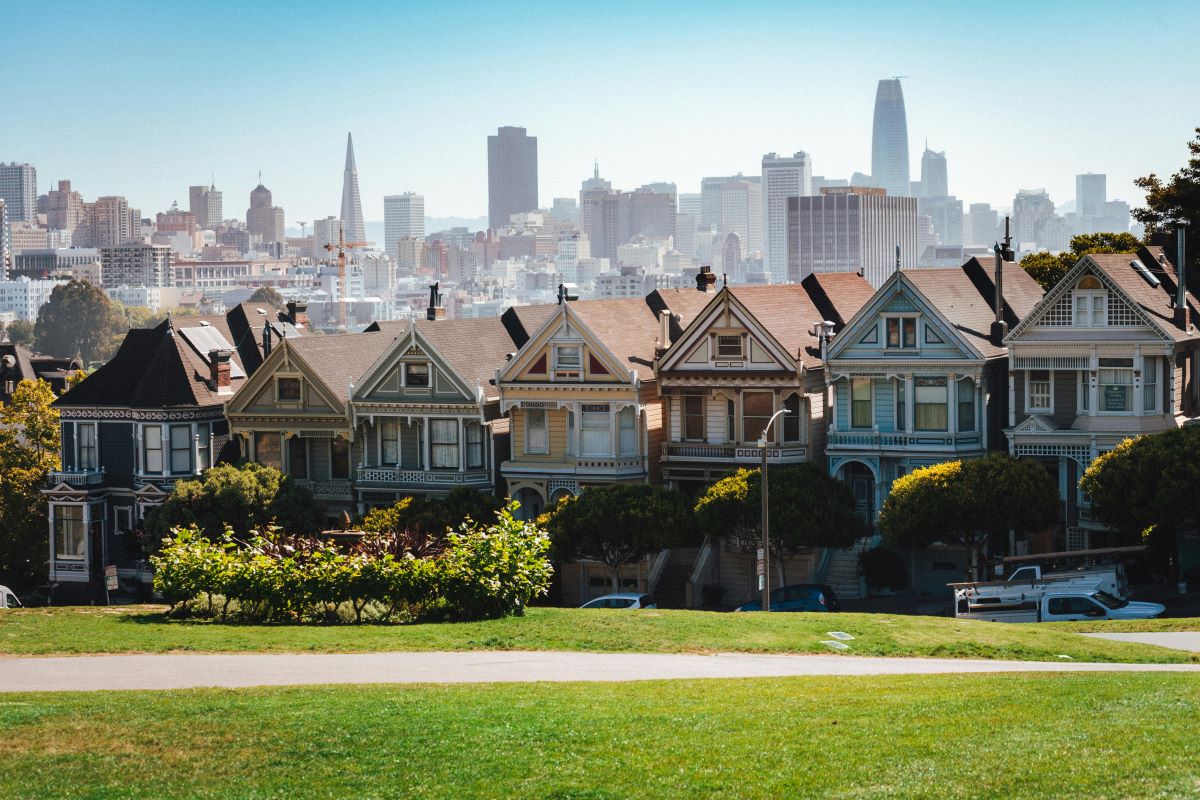California’s housing market has seen unprecedented growth, but is it sustainable, or are we on the brink of a massive collapse? Here are 20 critical points to consider.
1. Skyrocketing Prices

Home prices in California have soared to new heights, making it one of the most expensive places to live in the U.S. This rapid increase raises concerns about affordability and market sustainability.
2. Supply Shortage

The demand for housing far exceeds the supply, contributing to price inflation. Limited new construction and restrictive zoning laws exacerbate this issue.
3. Interest Rate Hikes

Rising interest rates could cool the housing market. Higher borrowing costs might deter potential buyers and slow down the rate of home sales.
4. Economic Uncertainty

The broader economic landscape is unstable, with potential recessions looming. Economic downturns can lead to job losses and decreased ability to afford housing.
5. Investor Activity

Investors, both domestic and foreign, have heavily invested in California real estate. While this drives up prices, it also increases the risk of market volatility.
6. High Cost of Living

The overall high cost of living in California puts additional financial pressure on residents. This can limit disposable income and affect the ability to save for a home.
7. Wage Stagnation

Despite high home prices, wage growth has not kept pace. This growing gap between income and housing costs is unsustainable in the long term.
8. Rental Market Pressures

High home prices push more people into the rental market, driving up rents. This can create a ripple effect, making housing even less affordable.
9. Migration Trends

People are moving out of California in search of more affordable living options. This out-migration could lead to a decrease in demand and potential price drops.
10. Tech Industry Influence

The tech industry’s boom has inflated housing prices, especially in areas like Silicon Valley. A slowdown in tech could significantly impact the housing market.
11. Environmental Risks

California faces numerous environmental risks such as wildfires and earthquakes. These hazards can affect property values and insurance costs.
12. Regulatory Challenges

Strict building regulations and environmental laws limit new housing developments. This contributes to the supply-demand imbalance in the housing market.
13. Gentrification

Gentrification has transformed many neighborhoods, often displacing long-term residents. This social dynamic can lead to community instability and increased living costs.
14. Mortgage Default Risk

High home prices mean larger mortgages. In an economic downturn, this could lead to an increase in mortgage defaults and foreclosures.
15. Speculative Buying

Speculative buying can drive prices up artificially. When investors pull back, it can cause a sudden drop in market values.
16. Policy Interventions

Government policies and interventions, such as tax incentives and subsidies, can have unpredictable effects on the housing market.
17. Affordability Crisis

The ongoing affordability crisis is pushing homeownership out of reach for many. This can lead to a societal divide and long-term economic consequences.
18. Real Estate Cycle

Housing markets are cyclical, and California has experienced bubbles and bursts before. Historical patterns suggest a potential for future corrections.
19. Construction Costs

Rising construction costs due to labor shortages and material prices can hinder new housing developments, further tightening the market.
20. Population Growth

While population growth drives housing demand, it also strains existing infrastructure and resources, creating a complex challenge for urban planners.
Is the Bubble About to Burst?

Is California’s housing market a ticking time bomb, or will it continue to defy gravity? The answer depends on a complex mix of economic, social, and environmental factors. Only time will tell if we’re on the edge of a housing bubble burst.
Millennials Are Over It: 25 Reasons Woke Culture Is Losing Its Charm

Has the push for progress tipped too far into preachiness? Here’s why many Millennials might think so. Millennials Are Over It: 25 Reasons Woke Culture Is Losing Its Charm
Is It Time Boomers Paid the Price for America’s Economic Inequality?

The American Dream feels more elusive than ever, especially for younger generations. What was once achievable through hard work now faces significant hurdles, from skyrocketing college costs to the challenging pursuit of homeownership. Here’s a look at why it’s tougher for Millennials and Gen Z compared to Baby Boomers. Is It Time Boomers Paid the Price for America’s Economic Inequality?
Rent Crash in California: Landlords Scramble as Prices Take a Hit

California’s rental market is taking a nosedive, with major cities seeing huge drops in rent prices. Rent Crash in California: Landlords Scramble as Prices Take a Hit
Featured Image Credit: Pexels / Johan Van Geijl.
The content of this article is for informational purposes only and does not constitute or replace professional advice.
The images used are for illustrative purposes only and may not represent the actual people or places mentioned in the article.
For transparency, this content was partly developed with AI assistance and carefully curated by an experienced editor to be informative and ensure accuracy.





Leave a Reply